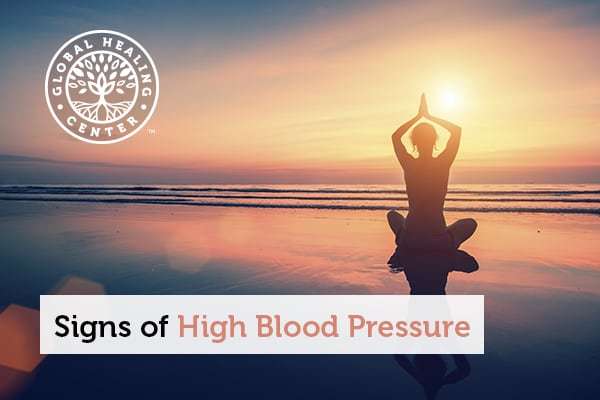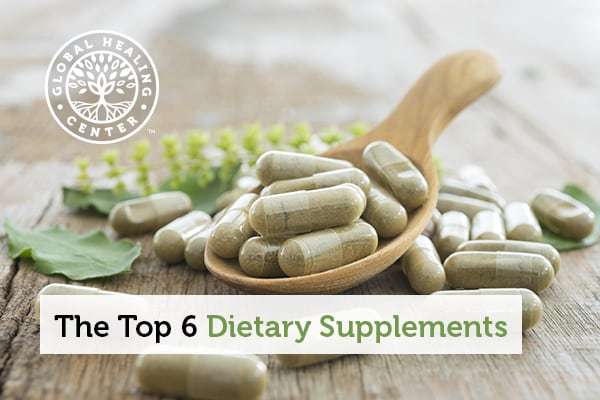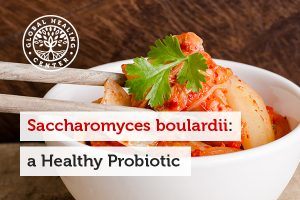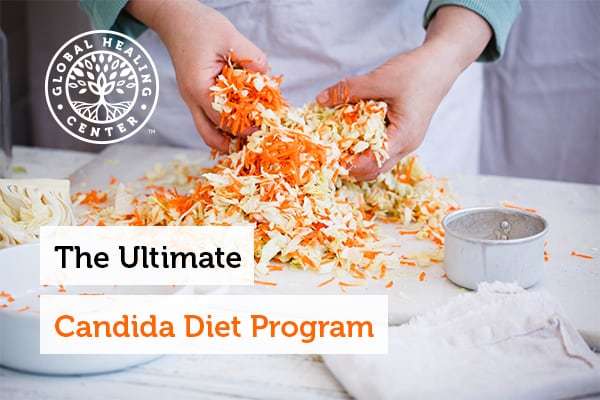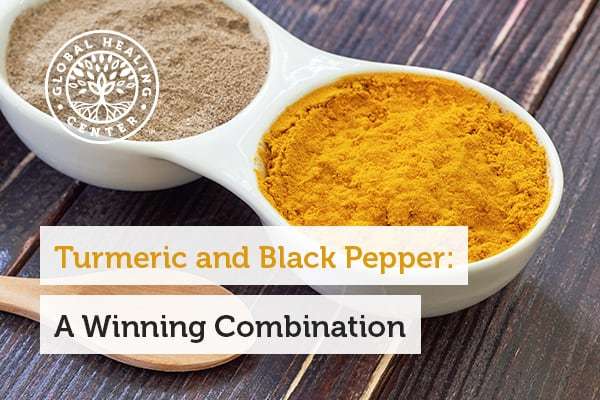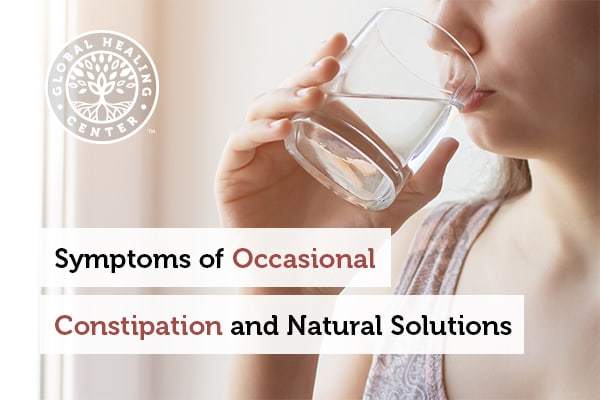
Almost everyone has or will experience some form of constipation during their life. Signs or symptoms of occasional constipation include infrequent bowel movements, painful stools, bloating, and the need to strain to pass waste. Causes of constipation include a poor diet, dehydration, and a lack of physical activity. Although the popular way to remedy constipation is usually the use of laxatives, exercise and a healthy, organic diet can be just as effective and much less harmful to your digestive health.
What Is Constipation?
Constipation is a common digestive condition that takes place in the gastrointestinal (GI) tract. It occurs when the stool becomes impacted, causing bowel movements to become infrequent or difficult to pass. For many people, three bowel movements per week is “normal.” The preference of most health care professionals, however, is the passing of stool 2-3 times per day or after every meal. The inability to pass a stool at either of these rates is indicative of a blockage that results in constipation.[1]
Types of Constipation
There are two types of constipation: occasional and chronic. Occasional constipation is the most common type because it can affect anyone as a result of diet, stress, lack of energy, or other temporary reasons. Chronic constipation is an ongoing condition that may require lifelong attention.[1]
Side Effects of Constipation
Constipation can result in a great deal of discomfort and can also affect your gut health. One of the effects of having impacted bowels or intestinal blockage is a feeling of lethargy that keeps you from performing everyday tasks. You may also experience a distended or swollen stomach due to fluid or gas buildup, and feel as though you are unable to expel any waste from your bowels. Another effect of constipation is the disturbance of your intestinal microbiota, the healthy bacteria in your GI tract that support digestion. Once the composition of this important bacteria is compromised, it can affect overall health. In some cases, an overgrowth of an organism in your gut called candida can occur and lead to a yeast infection.[1]
Causes of Constipation
Poop happens…but sometimes, it doesn’t. Here are the main causes of constipation.
Diet
Nutrition plays a significant role in your intestinal health. A diet rich in fiber from whole grains, vegetables, and fruits is ideal for a healthy GI tract. Foods that are heavy in animal fats such as meats, eggs, dairy, and sodium-rich processed foods promote stools that are hard to pass. A great way to keep your GI tract healthy is by substituting fatty or sugary snacks with healthy foods. Instead of a candy bar or cheese and crackers, try snacking on a handful of your favorite bran cereal, an orange, a small bowl of sliced kiwis, or a small serving of prunes.[3]
Dehydration
Drinking water every day is a great way to keep your skin clear, promote a healthy body weight, and enjoy a refreshing beverage. It’s also essential for healthy digestion and waste removal. According to the Centers for Disease Control and Prevention (CDC), dehydration is very common in the United States and is a leading cause of constipation. Getting your daily intake of water may prevent or alleviate constipation. Water intake does not have to be limited to just drinking–it can be absorbed through eating foods that have a high water content, like zucchini, celery, and watermelon.[4, 5]
Absence of Physical Activity
Exercise is beneficial for a healthy gastrointestinal tract. It is recommended to incorporate some form of exercise into your weekly schedule. One study found that daily exercise resulted in a 44% reduction of constipation in women. Out of all exercises, a brisk walk is the most effective at encouraging regular bowel movements.[6]
Medication
There are a number of medications that cause constipation, including:[7]
- Antacids
- Iron tablets
- Antidepressants
- Antispasmodic drugs
- Narcotics and painkillers
Caffeine & Alcohol
Both caffeine and alcohol encourage fluid excretion from your body which can lead to dehydration. Reducing or removing these elements from your diet, combined with a healthy intake of water and fiber, may relieve the effects of constipation by keeping your stools smooth and hydrated.[7]
Life Changes
Your intestines and your brain are related. They are regulated by identical hormones and elements of the nervous system, so is it any wonder that a life-changing experience can affect your digestive tract? Stress can aggravate the large intestine and cause temporary, unhealthy side effects like diarrhea or constipation. Also, a sudden change in your daily routine can confuse your digestive system. Make sure you take time to redefine your natural eating and bowel habits to get back your regularity. Try having a bowel movement every day at the same time, for example, 20 to 40 minutes after breakfast or lunch.[8]
Shifts in Health
Illness, pregnancy, and advanced age have differing effects on health and can impact your bowel movements.
Illness
Illness or other health issues can result in a stay in the hospital. Staying in the hospital can prompt constipation due to constant bed rest, a smaller intake of food, medications, and a tendency to be shy while using the bathroom. Ask your natural health care provider what you can do to reduce constipation while there. Regardless, make sure you stay hydrated and try to make frequent trips to the restroom.
Pregnancy
Constipation is common during pregnancy due to an increase in hormones and the uterus pressing up against a woman’s intestines. Following a diet that’s high in fiber and engaging in daily exercise may help alleviate some of these effects.
Age
As people get older, it’s common to experience a reduction in muscle contractions within the intestinal wall. This factor, plus a greater need for medication makes constipation more common in the elderly. A diet rich in fiber and fruits, especially prunes, along with exercise is beneficial during this time in life.[9]
Ignoring the Need to Go
Another contributing factor is avoiding bowel movements. This aversion may happen because back pain is present, there is no time to use the bathroom at work, or you don’t feel comfortable using public restrooms. These circumstances can lead to your stool becoming backed up, resulting in constipation. Going on a vigorous walk at the end of the day may help loosen up your stool, and the exercise may also help with back pain.[10]
Symptoms of Occasional Constipation
There are several signs to look for if you think you may have occasional constipation, the most common being fewer bowel movements. There are several other symptoms, however, that are also associated with this condition. Experiencing two or more of these symptoms may mean you need to take action.
Bloating
Healthy people can experience bloating for several different reasons. However, the most common of these is constipation. Bloating occurs because fecal matter in the small intestine moves slowly or stops. This blockage causes fluid to build which can result in a bloating sensation.[11]
Painful Stools
As digested food moves through the GI tract, water and nutrients are extracted. When feces moves too slowly, it can become hard, dry, and painful to pass.[12]
Back Pain
Constipation can cause the colon to distend resulting in bloating within the abdomen. This process can lead to constipation-related back pain. Discomfort in the lower back as a result of constipation feels more like a dull ache than a sharp pain. Use natural remedies like diet and exercise to relieve this type of back pain. Resist the urge to reach for a pain reliever as they may make constipation worse.[13]
Nausea
The sick feeling you may experience while constipated is usually the result of toxins in your body. Use ginger to reduce the feeling of nausea, it’s a natural, effective means of relief. Apple cider vinegar, peppermint tea, and a glass of hot water with a few slices of lemon is a healthy way to stimulate digestive enzymes in your GI tract and loosen your stool.[14]
Healthy vs. Unhealthy Stools
A good way to find out the state of your health is through your stool. According to the Bristol Stool Chart, a medical scale designed to classify stools, there are seven types of feces.
Type 1
Type 1 stools are the least healthy. They are usually small and hard resembling nuts or pellets and are very painful to pass. This kind of stool indicates that you are dehydrated, full of toxins and in need of intestinal cleansing.
Type 2
Type 2 stools are one piece, but hard and lumpy and shaped like a pickle or sausage. This stool is also painful and difficult to pass and is indicative of constipation. Intestinal cleansing is recommended.
Type 3
Type 3 stools are one piece, usually have surface cracks, and are considered normal. Some medical professionals argue, however, that this type of stool is a sign of constipation. If difficult to pass, it may warrant an intestinal cleanse.
Type 4
Type 4 stools are sausage-shaped, smooth, and almost snake-like. These are ideal stools and indicate a regular bowel movement routine. They represent a healthy GI tract.
Type 5
Type 5 stools contain soft blobs with clear-cut edges and are easily passed through the digestive system. Classified as soft diarrhea, they indicate toxicity in your digestive system and indicate the need for cleansing.
Type 6
Type 6 stools tend to be in pieces and are mushy and fluffy with ragged edges. Their consistency indicates diarrhea and toxicity in your system. Dehydration may result from this condition.
Type 7
Type 7 stools are mostly liquid with no solid pieces and they’ve spent the least amount of time in the colon. This could be indicative of an unhealthy GI tract and should be taken seriously. Dehydration may occur at this level which can result in constipation later on. Avoid alcohol and caffeine if this occurs and hydrate right away with plenty of fruit and water.[15]
Children & Constipation
Children tend to become constipated like adults, but for reasons other than just a poor diet, stress, or lack of exercise. Sometimes while kids are playing or engaging in other activities, they just forget to go. They’re not used to listening to their body’s natural signals that it’s time to use the bathroom. This can cause bowels to become backed up and impacted. Some children who end up passing hard stool develop a fear of going to the bathroom—severely disrupting their schedule. Keeping the child hydrated, teaching them to listen to their body, and supporting a regular potty schedule may help the child avoid constipation in the future.[16]
Solutions for Occasional Constipation
Avoiding constipation altogether with exercise, a healthy diet, and a regular bowel schedule is always the best solution. However, when constipation does occur there are several natural ways to help alleviate unhealthy blockage.
Diet
Eliminate foods that cause constipation, including processed foods, heavy meats, and dairy products to keep your bowels from becoming more impacted. Eat vegetables, bran, and fruits, especially prunes. Remember to drink plenty of water. Adding natural lemon juice or lemon slices to distilled or purified water is ideal. This diet, coupled with brisk walks should get your bowels flowing nicely.
Supplements
Supplements can be very advantageous and provide the jumpstart you need to relieve constipation. Most supplements contain natural ingredients like fiber, magnesium, and probiotics.
Fiber
A fiber supplement may help with constipation, but it can also make constipation worse if the wrong type is used. A soluble, non-fermenting, gel-forming fiber supplement is recommended over an insoluble fiber supplement as it doesn’t yield as many negative effects. To bypass these effects, get your fiber from a fiber-rich diet.[17]
Probiotics
Probiotics, the healthy bacteria in the intestines that help with digestion, are available in supplements or certain foods like yogurt or kombucha. These supplements have been shown to promote a healthy GI tract that’s less likely to experience constipation. A great probiotic supplement that can help promote a healthy microbiome within your gut is Floratrex™[18]
Enemas
An enema is a liquid solution in a fluid-filled bag or a rectal bulb that is pushed into the rectum through the anus. Enemas are a fast-acting solution for a backed-up bowel. Typically used in clinical settings, such as before or after surgery, they can also be administered at home.
Laxatives
Laxatives are often used as an immediate means of constipation relief. Laxatives work by either irritating muscles in the intestinal walls to force a bowel movement, or by drawing water to the stool to make it easier to pass. Although they may produce a bowel movement, laxatives can cause dehydration and dependency. Dependency is the inability to pass stool without laxatives, which is why they’re best avoided.[7]
Ozonated Magnesium
Magnesium can draw water into hard stools naturally, making them softer and easier to pass. It also relieves any tension in the intestinal wall that might be causing constipation. Oxy-Powder® is one of the best supplements available for promoting a healthy GI tract. The formula uses the natural power of oxygen to gently cleanse and detoxify your entire digestive tract, relieving bloating, gas, and occasional constipation.
Have you dealt with occasional constipation in your own life? What are the most effective means of relief that you’ve found? Leave a comment below and share your experience with us.
The post Symptoms of Occasional Constipation and Natural Solutions appeared first on Dr. Group's Healthy Living Articles.
source https://www.globalhealingcenter.com/natural-health/symptoms-occasional-constipation-natural-solutions/
